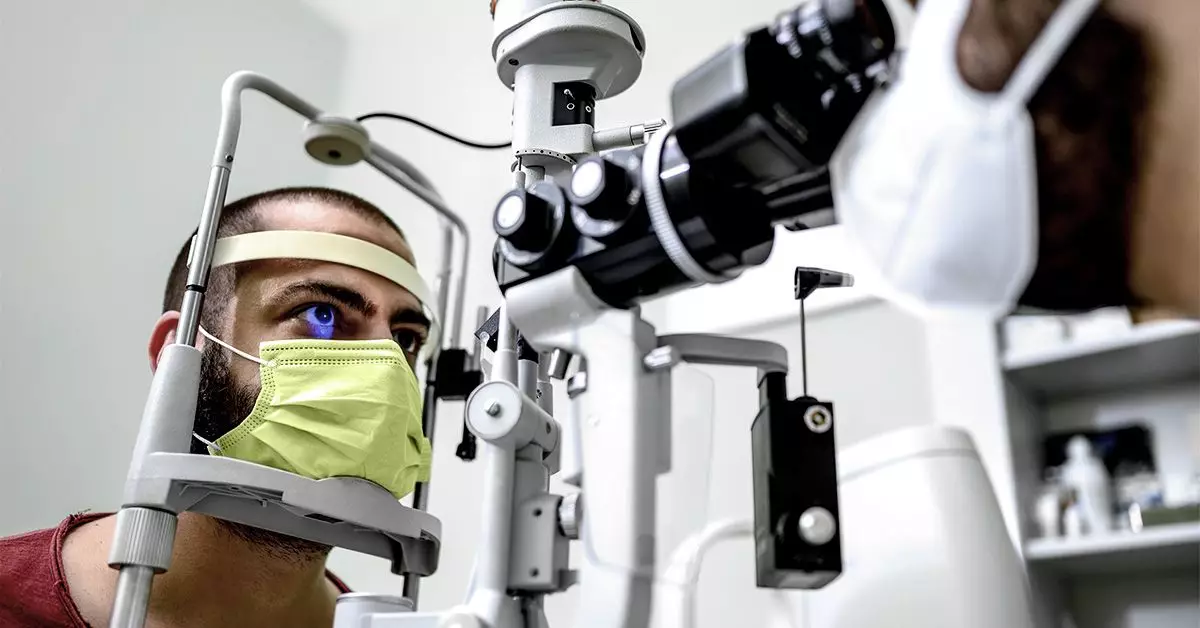Cataracts are a common eye condition that often affects individuals as they age. They can significantly impair vision, leading to various symptoms such as cloudy or blurred vision, increased sensitivity to light, and the perception of halos around light sources. This article delves into the mechanics of cataract formation, the symptoms one might experience, when to seek medical help, and potential treatment options available.
At its core, a cataract develops when proteins in the eye’s lens begin to deteriorate and cluster together. This process leads to the formation of a cloudy area, which obstructs vision. Although cataracts can develop in both eyes, the rate of progression and the specific symptoms may differ from one eye to the other. It is essential to understand that cataracts can emerge in various forms, and the type can influence the appearance and symptoms experienced by a person.
The most prevalent type is known as age-related cataracts, which typically begins to manifest after the age of 40. These cataracts are associated with the natural aging process of the eye and usually progress slowly. However, cataracts can also be congenital or result from trauma, certain medical conditions such as diabetes, or prolonged use of medications like corticosteroids.
Recognizing the Symptoms
Initially, cataracts may not present noticeable symptoms, making early detection difficult. However, as they progress, individuals may notice several changes in their vision. Common symptoms include:
– **Cloudy or Blurred Vision**: This is often the most apparent sign and can affect daily activities such as reading or driving.
– **Sensitivity to Light**: People may find themselves increasingly uncomfortable in bright or glaring light.
– **Halos Around Lights**: This symptom often becomes more pronounced at night or in dim lighting conditions.
– **Faded Colors**: A person may find that colors appear less vibrant or more yellowed than they once did.
Individuals might also discover that their eyewear prescriptions change more frequently due to the progression of the cataracts. It is crucial to pay attention to these signs and consult with an eye care professional when any of these symptoms arise.
When to Seek Medical Advice
Eye health is paramount, and it is advisable to seek a professional evaluation if any cataract symptoms occur. Upon consultation, an eye care provider will conduct a comprehensive eye exam, often involving dilating the pupils to facilitate a detailed assessment of the lens and overall eye health. According to the National Eye Institute (NEI), individuals over the age of 60 are particularly recommended to undergo dilated eye exams every one to two years, as the likelihood of cataract development increases with age.
Family history can also play a role in cataract development; if others in your family have experienced cataracts, it is beneficial to inform your doctor, as early diagnosis can prompt preventive measures.
When cataracts become severe and begin to impede daily activities such as reading, driving, or engaging in work, surgical intervention is typically recommended. Cataract surgery is a highly effective treatment, with a successful track record, often allowing individuals to regain clear vision.
However, in the early stages when symptoms are mild, individuals can manage the impact of cataracts with non-surgical methods. Suggestions for symptomatic relief include:
– **Wearing Sunglasses**: Anti-glare sunglasses help to reduce discomfort caused by bright light.
– **Adjusting Lighting**: Utilizing brighter lights when reading or engaging in detailed tasks can significantly aid visibility.
– **Magnifying Devices**: These tools can assist with reading and detailed work, helping to compensate for blurred vision.
– **Updated Eyewear**: Ensuring that glasses or contact lens prescriptions are current can also help alleviate some of the visual strain caused by cataracts.
Prevention and Eye Health Maintenance
While certain aspects of cataract development cannot be modified, there are preventive steps individuals can take to reduce their risk. Regular check-ups with an ophthalmologist are crucial. Additionally, protective measures such as wearing sunglasses that block UV rays and refraining from smoking can further support eye health.
A clear understanding of cataracts—ranging from their formation and symptoms to treatment options—can empower individuals to seek timely medical intervention and maintain their quality of life. As vision plays a critical role in everyday functioning, proactive approaches to eye health can yield significant benefits.

